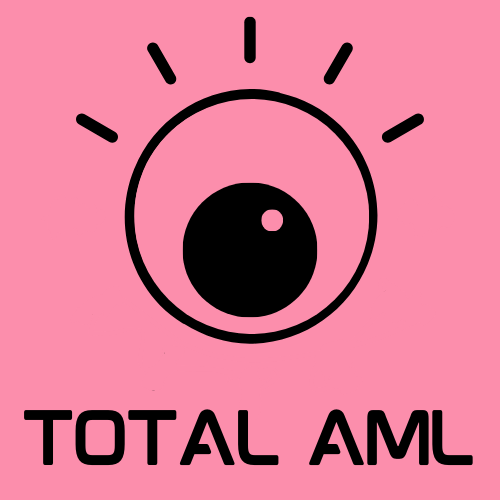Trust and Company Risks
The National Risk Assessment on Money Laundering (NRAML), released in July 2024, uses two key metrics to evaluate the money laundering risks of legal structures, companies and trusts:
rating, a five-level scale ranging from ‘Very Low’ to ‘Very High’; and
outlook, a four-level scale that includes ‘Increase’, ‘Decrease’, ‘Stable’ and ‘Emerging’.
This article discusses the key vulnerabilities highlighted by the NRAML for legal structures, companies and trusts.
Legal Structures
Legal structures, defined as an umbrella term that includes various types of companies and trusts, are assessed as posing a high and stable money laundering vulnerability.
The misuse of legal structures is frequently and persistently observed in Australian money laundering investigations. Company and trust structures are versatile and can be tailored to complement criminal operations, obscure financial flows and protect criminal assets. Legal structures are generally highly-accessible, easy and cheap to establish. They can be exploited to move significant volumes of funds domestically and offshore.
Common money laundering activities include co‑mingling of funds, rapid transfer of funds between domestic and foreign legal structures to obscure the true source of the funds, and integration of funds where legal structures are used to purchase or invest in high-value assets, such as real estate.
Money launderers often leverage the expertise of professional service providers to establish and manage complex legal structures, such as lawyers, accountants, or trust and company service providers. Complex legal structures can be established through the use parent and subsidiary entities, the establishment of trust, ‘holding companies’, joint ventures, partnerships, inter-party ‘loans’, service agreements and ‘lines of credit’, franchisor/franchisee structures, multi-level marketers, licensor/licensee arrangements and financial and legal instruments.
A key risk is posed by the use of de facto and shadow directors. A de facto director is a person who operates in the capacity of a director but is not named on the Company Extract. They may have titles such as ‘business development director’, ‘chairman’ or ‘principal’. A shadow director is a person who operates through a straw or dummy director. The use of de facto and shadow directors is not legal.
Furthermore, facilitators can create straw director and shareholder arrangements, or act as trustees to provide a veneer of legitimacy to otherwise suspicious transactions. Legal structures established offshore likely carry increased money laundering risks, especially where multiple jurisdictions or secrecy jurisdictions are involved. Using offshore structures increases opportunities for cross-border movement of funds and creates additional layers of legal entities that can hold assets. This hampers the ability for authorities to investigate and prosecute money laundering, especially where jurisdictions have limited corporate oversight, lenient licensing regimes, or weak AML/CTF frameworks.
Companies
Companies are assessed as posing a high and stable money laundering vulnerability. The exploitation of company structures is frequently observed in Australian money laundering investigations. This often includes complex structures comprising front and shell companies, which are used to co-mingle or conceal criminal proceeds, protect assets, reduce visibility of beneficial ownership and obscure financial transactions. In addition, bank accounts linked to companies may be used to move higher volumes of illicit funds without flagging suspicion.
The ease of establishing companies in Australia may be attractive to money launderers. The process is fast, inexpensive and can be conducted online or with the assistance of a professional service provider. Existing unlisted companies can also be purchased by criminals and used as legitimate fronts to place and layer proceeds of crime.
Since November 2021, all company directors have been required to register and verify their identities with Australian Business Registry Services. However, this process may be undermined when criminals appoint a family member or ‘cleanskin’ associate as a straw director, compel vulnerable individuals to register companies or use stolen personal information to establish companies. This allows criminals to maintain control and place or layer funds from a distance. Straw directors can also be appointed to offshore companies controlled by domestic criminals to further conceal beneficial ownership.
Trusts
Trusts are assessed as posing a high and stable money laundering vulnerability. Australian authorities report that trusts are often exploited alongside companies to create complex and opaque legal and group structures. Trusts can be exploited at all stages of the money laundering cycle, including by placing cash into bank accounts, layering funds to and from accounts held domestically and offshore, and purchasing and holding high-value assets.
Trusts are attractive vehicles for money laundering as they separate the legal owner of the assets (the trustee) from the beneficiary, helping conceal the beneficiary’s interests. This is a barrier to identification and confiscation of criminal assets in Australia. Trusts with corporate trustees also allow criminals to use shell companies and straw directors in trust arrangements to create additional layers of obfuscation. Uncovering the beneficial owners of trusts is difficult, particularly when they are concealed behind multiple layers of legal structures or have multiple beneficiaries.
While beneficial owners may be outlined in a trust deed (if any exists), access to these documents is limited and often held by lawyers and may attract claims of legal professional privilege. Professional service providers, such as lawyers and accountants, may play a key role in creating and managing trusts because of the complexity and technical expertise that may be required. Facilitators may also act as trustees to create distance between a trust and its criminally-linked beneficial owners.
Offshore trusts increase money laundering risks when they allow criminals to hold assets beyond the reach of Australian law enforcement. This complicates beneficial ownership identification, especially when secrecy jurisdictions are involved.
What’s next?
Get in touch if you wish to discuss your money laundering risks.
